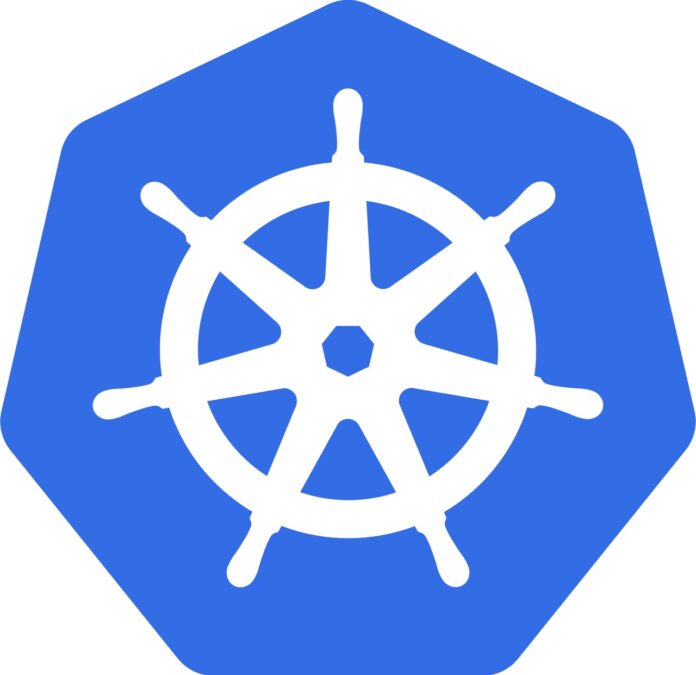Kubernetes is becoming an “under the hood,” every day enterprise technology
Enterprise use of containerized software and Kubernetes for cloud-native software development has gone mainstream. That’s the conclusion of the Cloud Native Computing Foundation’s (CNCF’s) newest annual survey, which examines cloud native technology and trends.
This year’s two-part survey was conducted during two different periods in 2021. The first study focused on containers and Kubernetes (K8s). The second study covered related cloud native technologies including service mesh, serverless and storage.
For the new report, CNCF collected data from global respondents in various industries and public sector positions. CNCF sourced production data from Datadog and New Relic also. Finally, CNCF added data gathered as part of its State of Cloud Native Development Report.
According to the survey, 96% of organizations are either using or evaluating Kubernetes. Although, only about 60% are using it in actual practice for as a container orchestration platform. But Kubernetes itself is starting to become invisible to organizations as it’s incorporated into serverless technology and managed services.
“There appears to be a growing void in understanding that these technologies are essentially a package deal,” said Chris Aniszczyk, CNCF CTO. Aniszczyk likened Kubernetes’ use to Linux, which is now embedded in everything from appliances to Mars rovers.
“People tend not to realize all the technology that’s underneath,” he said.
Making containers a managed service
Managed services make containerization easier, and the report notes a sharp year-over-year rise in their use. Almost 80 percent of respondents use a platform which is certified for Kubernetes hosting. Hyperscalers dominate the Container as a Service (CaaS) business. The most popular services include Amazon Elastic Kubernetes Service (EKS), Microsoft Azure Kubernetes Service (AKS) and Google’s Kubernetes Engine (GKE).
K8s is “moving up the stack,” according to the report. Organizations are leveraging more sophisticated Kubernetes application programming interfaces (APIs). The CNCF says this trend is particularly apparent with enterprise use of runtime containers, service mesh, and monitoring tools.
This demonstrates the ubiquity of K8s as a container infrastructure for cloud-native software, no matter its location — in house or as a managed service, said Priyanka Sharma, executive director of the CNCF.
“I believe 2022 will be a banner year for emerging areas of cloud native like edge, observability, and security as container infrastructures continue to mature both on the surface and under the hood,” said Sharma.

